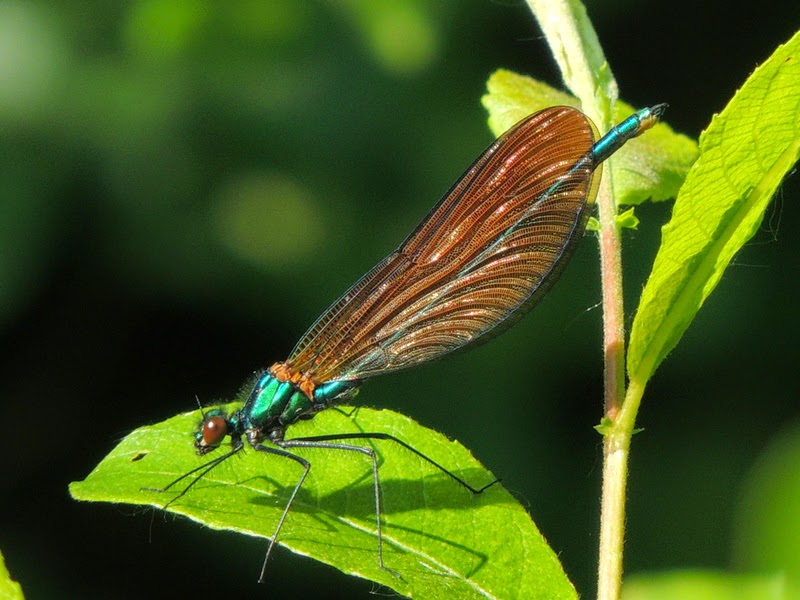Yesterday morning I was sat at my pc ready for work, when up popped a Tweet saying 'Ross's Gull at Bowling Green Marsh' and a link to a couple of photos. I couldn't believe it at first but after looking at the photos it soon became clear that there was a 1st summer Ross's Gull less than 40 miles from my front door!
It seems the bird had been present for 9 days but had been mis-ID'd as a Little Gull. I'm lucky enough to have seen quite a few Ross's in Canada but this was a UK first for me having dipped them on previous occassions. At least if it had been around for 9 days, it probably wasn't going to be racing off anytime soon. Just as well, as I stood no chance of getting there until later in the day. Leaving work a little early, Andy Grinter and I shot off just after 5pm in the midst of a thunder storm - it wasn't looking that promising. Add to that no news of the bird since it had been seen further down the Exe earlier in the afternoon and we weren't too hopeful. Never-the-less we headed not for it's last reported sighting spot but to Bowling Green Marsh, where we were banking on a rising tide to push it back into the fields with the usual gull flock. When we arrived we picked it up almost immediately, it seemed to be a bit of a loner, preferring to stand or sit on its own slightly away from the Black-Headed gulls.
A short piece of phone-scoped video - not my preferred way of videoing birds and had to use a different programme to render it. Better viewed on
YouTube.
Luckily Dave Helliar got to the bird earlier in the morning after the news broke and got some pretty good shots considering how distant the bird was.
 |
| 1st Summer Ross's Gull: Dave Helliar |
 |
| 1st Summer Ross's Gull: Dave Helliar |
 |
| 1st Summer Ross's Gull: Dave Helliar |
 |
| Phone-scoped pic of it later that evening in the roost: R. Harris |
 |
| Sat on the mud with the Black-Heads: R. Harris |
Lovely little gull, hope it stays around for a while. Wouldn't mind seeing it again in better weather!











































.jpg)
.jpg)
.jpg)
.jpg)
.jpg)
.jpg)
.jpg)
.jpg)
.jpg)
.jpg)
.jpg)
.jpg)